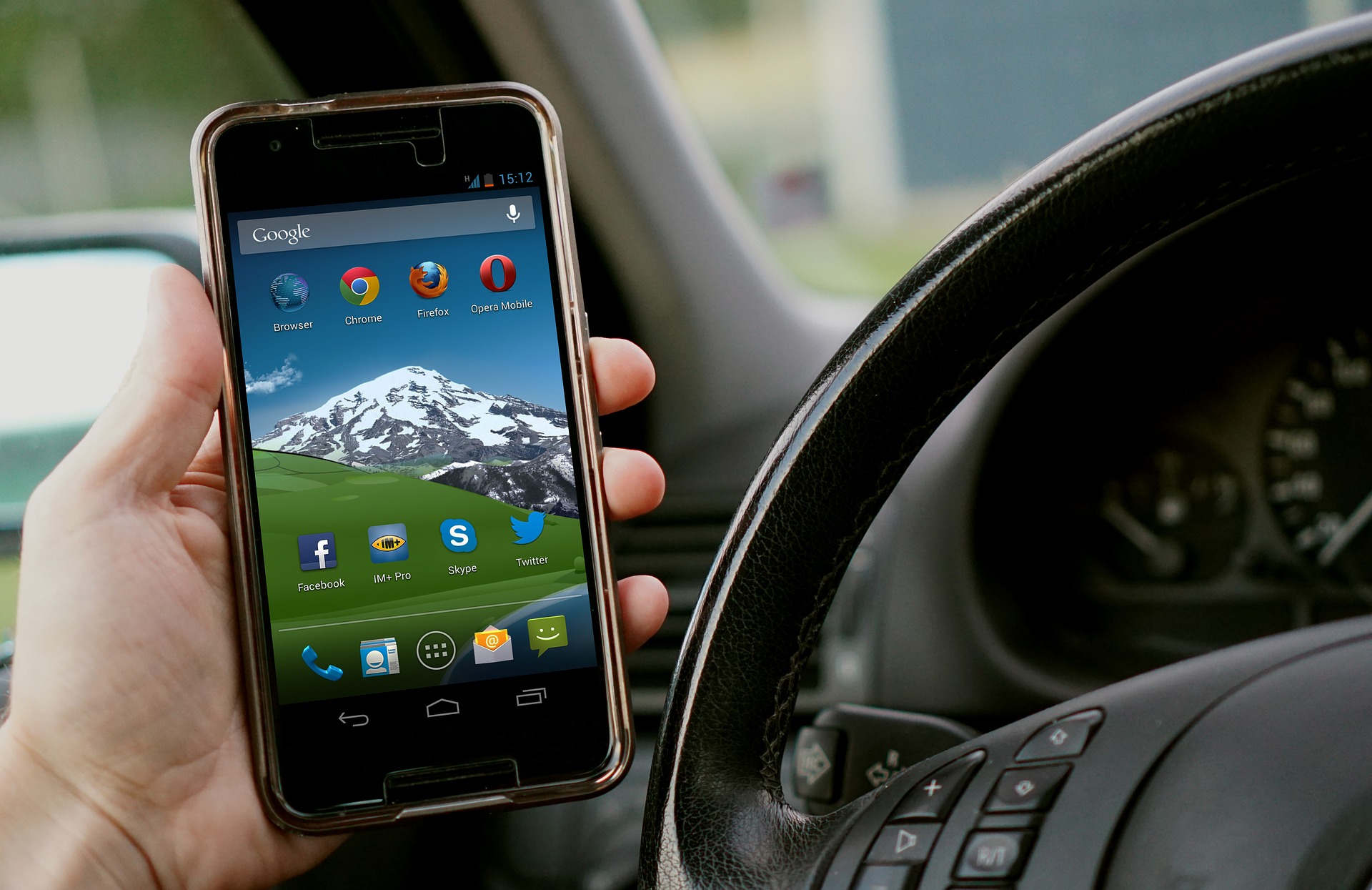The National Safety Council's (NSC) National Safety Month is coming to an end, but the safety topic for Week 4, is still important. In fact, driving may be the danger that should be most discussed, since there were 40,100 motor vehicle deaths in America, in 2017 alone! The NSC warns, "We all believe ourselves to be safe drivers, yet up to 94 percent of motor vehicle crashes involve human error. Follow these tips to help stay safe on the roads."
Driving Safety Tips
Avoid Dangerous Driving Behaviors
Prevent injuries on the road by keeping your focus on the driving task:
• Avoid impaired driving, whether by alcohol, lack of sleep or drugs, including over the counter and prescription medication
• Avoid cell phone distracted driving, including hands-free
• Practice with your teen drivers and teach them to avoid distraction
• Make sure all occupants are properly secured in age-appropriate restraints
• Never leave a child alone in a car and always keep your car locked when not in use
• If you drive for work, talk with your employer about safe habits – do not take calls while behind the wheel
• Regularly check your vehicle for recalls at CheckToProtect.org and stay up to date on the safety features in your car by visiting MyCarDoesWhat.org
Use Safety Features Correctly
Modern cars are filled with safety features that can help protect the driver, passengers and even pedestrians, but they must be used correctly. Look through your vehicle manual to learn which features are available and make use of them to stay safe while behind the wheel.
• Do not rely on safety features to replace you as the driver – you are still your car’s best safety feature
• Make sure you understand your vehicle safety features before using them – not all vehicle safety features operate the same way
• Maintain your vehicle to keep safety features working correctly, including clearing the vehicle of mud, ice and snow
• Pay attention to vehicle alerts and warnings
• Educate teens and all inexperienced drivers about the safety features present in the vehicle and how they work
1 step for safety:
Always wear a seat belt. In 2016, 48 percent of vehicle occupants killed on the road were unbelted, according to injuryfacts.nsc.org.
While these tips can't guarantee that car accidents won't happen, they may help prevent some accidents. Many causes of car accidents are due to human error. Actions such as texting while driving, eating while driving, and other forms of distracted driving, cause dangerous car accidents that can lead to serious injury and even death. However, by just not engaging in distracted driving, several motor vehicle accidents may be prevented. Similarly, reading up on car safety features and alerts and warnings helps drivers avoid car accidents, since their car can tell them when something is wrong. Car accidents can happen at any time and for several reasons, but if people take as many safety precautions as possible, car accidents due to human error can be eliminated.
Many car accidents are avoidable, especially if they are distracted driving car crashes. If you've been injured in an auto accident caused by a distracted driver, call The Michigan Law Firm, PC. The Michigan Law Firm, PC helps victims of motor vehicle accidents identify and recover any benefits they may be entitled to under Michigan law. Our team of accident attorneys understands how traumatic being hit by a negligent lawyer can be. We help people injured in car accidents deal with the legal complexities so that they can focus on their recovery. Call us today, at 844.4MI.FIRM for a free legal consultation, today.
































